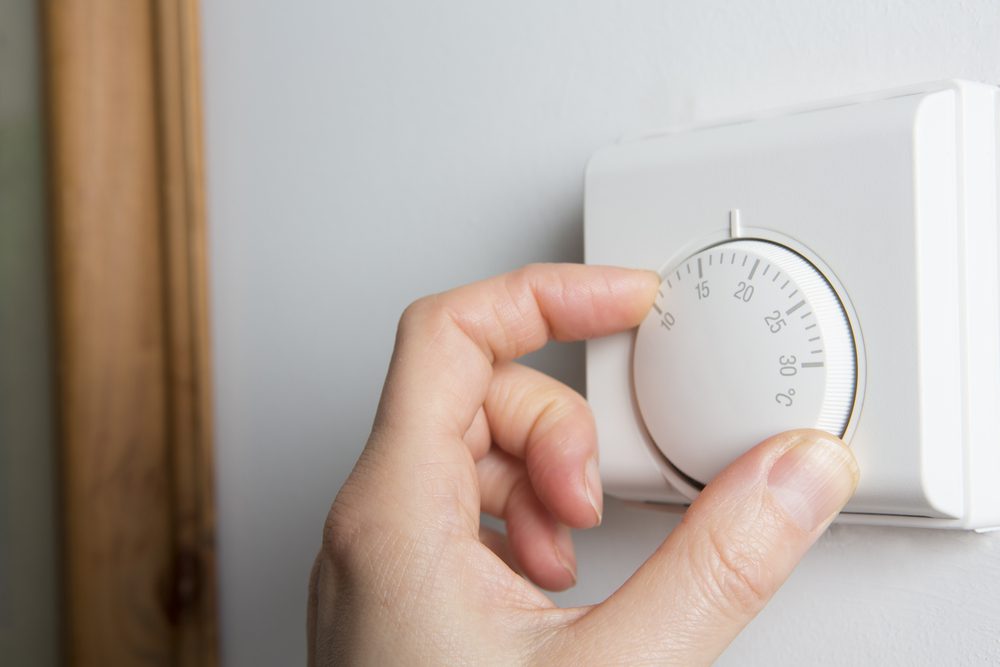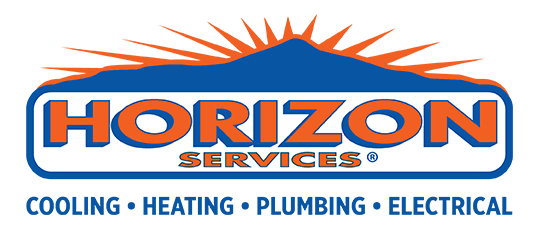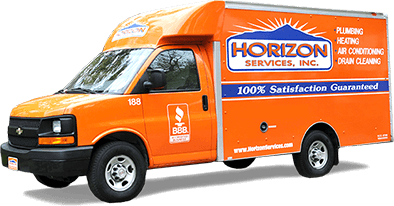
Are you moving in to an apartment or building where central heating and air conditioning is provided? Most of the time, the primary question that gets raised often is “Can I control the temperature in a central heating and air conditioning system?” Let us find out below.
Table of Contents
Central Heating Systems
A central heating system provides heat to an entire building or establishment. Heat is created in a certain place such as a furnace room or a mechanical room. It is then distributed throughout the building through forced air via ducts, steam or water passing through pipes. If a furnace is used to produce heat, fossil fuel is utilized. There are also solar powered units, in which case, water is used to distribute the heat through pipes.
Temperate climate zones usually use gas heater, oil-fired systems or district heating. Electrical heating systems are commonly used with ground source heat pumps since electricity can be somewhat expensive. Larger buildings used steam heating fueled by gas, coal or oil because it is more practical.
Can Temperatures Be Controlled In Each Room In a Building With a Central Heating System?
Even if a central heating system suggests that heating and cooling is provided entirely throughout the building, there are still room thermostat controls that can adjust the temperature to a comfortable level. If a central heating system does not have room controls, chances are, one room would overheat while another room would still be cold. Therefore, in order to achieve comfort temperatures, it would be practical to have room thermostat control ( and even timers) installed.
Methods Of Central Heating
1. Warm Air Heating
Warm air heating works by drawing air from the outside, heating it over a furnace and then circulated inside the building through ducts. Warm air heating is most effective in well-insulated areas. Although this method is more suited for bungalows and single storey structures, some bigger commercial buildings also use warm air heating.
Warm air heating works better with small space areas. For this reason, it has waned in popularity since many commercial establishments prefer a more efficient and cost-effective central heating system.
2. Hot Water or Wet Central Heating
Wet central heating involves pumping hot water through pipes using a boiler and hot water cylinder or a combi boiler. The former is perfect for big areas while the latter is perfect for small homes. Boilers usually run on gas. If your home is not hooked on the main line, an oil boiler or LPG can be used.
3. Electrical Heating
Central heaters that run on electricity do not contain boilers. Instead, they contain storage heaters or oil-filled radiators. These storage heaters, in turn, contains a ceramic block where it gets heated during off peak rate. The heat is then distributed slowly the following day.
4. Ground Source Heat Pumps
Ground source heat pumps is a more energy efficient heating system that uses naturally occurring thermal energy in the ground. It is a renewable source of energy, which is suited for those who do not have main gas connections. Ground source heat pumps actually use electricity too. However, for every unit of electricity used, four units of heat is produced.
Contact Horizon For Installation and Repair Needs
Horizon is a reputable company that has been in the market for years. The company mainly provides its services in Delaware and in some areas in Maryland. We provide overall needs to your home from heating, air conditioning, plumbing, electrical and home performance.


